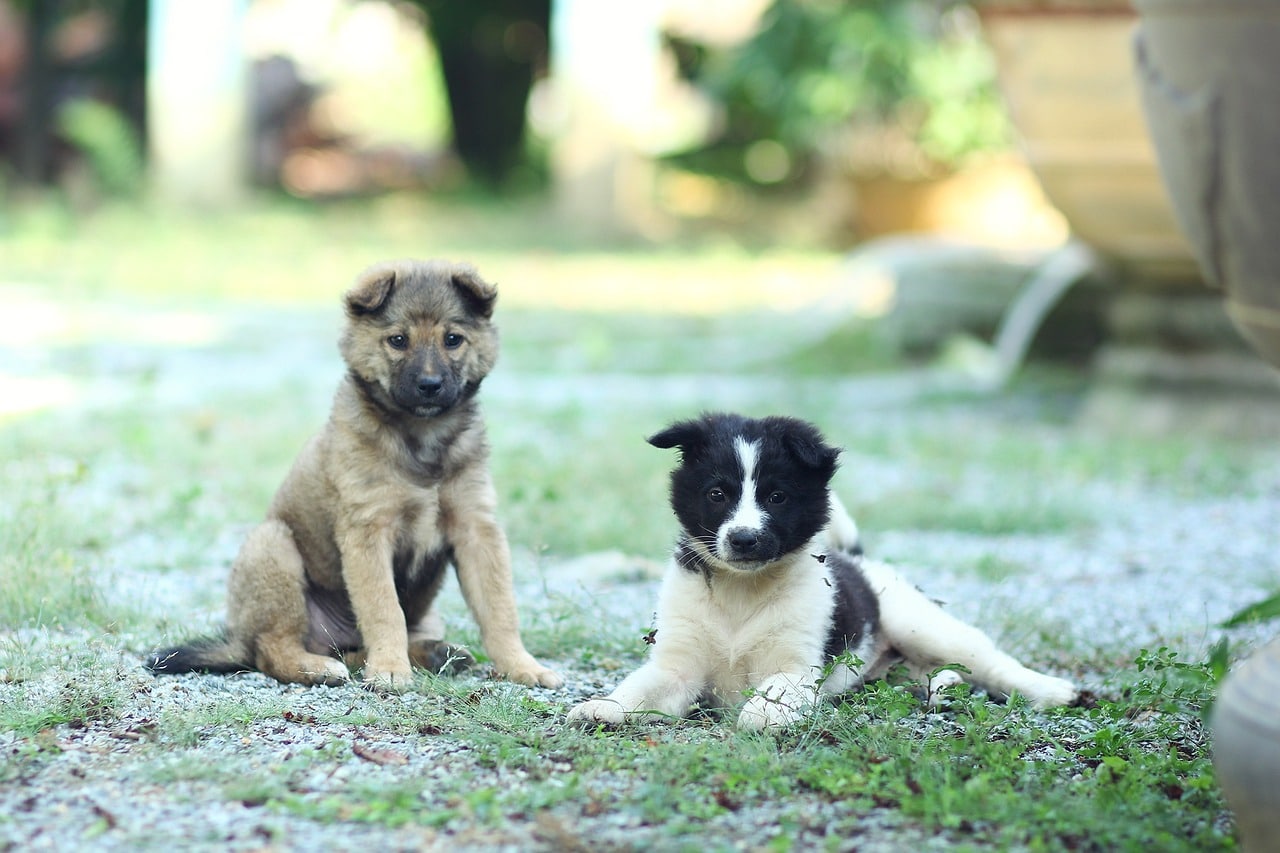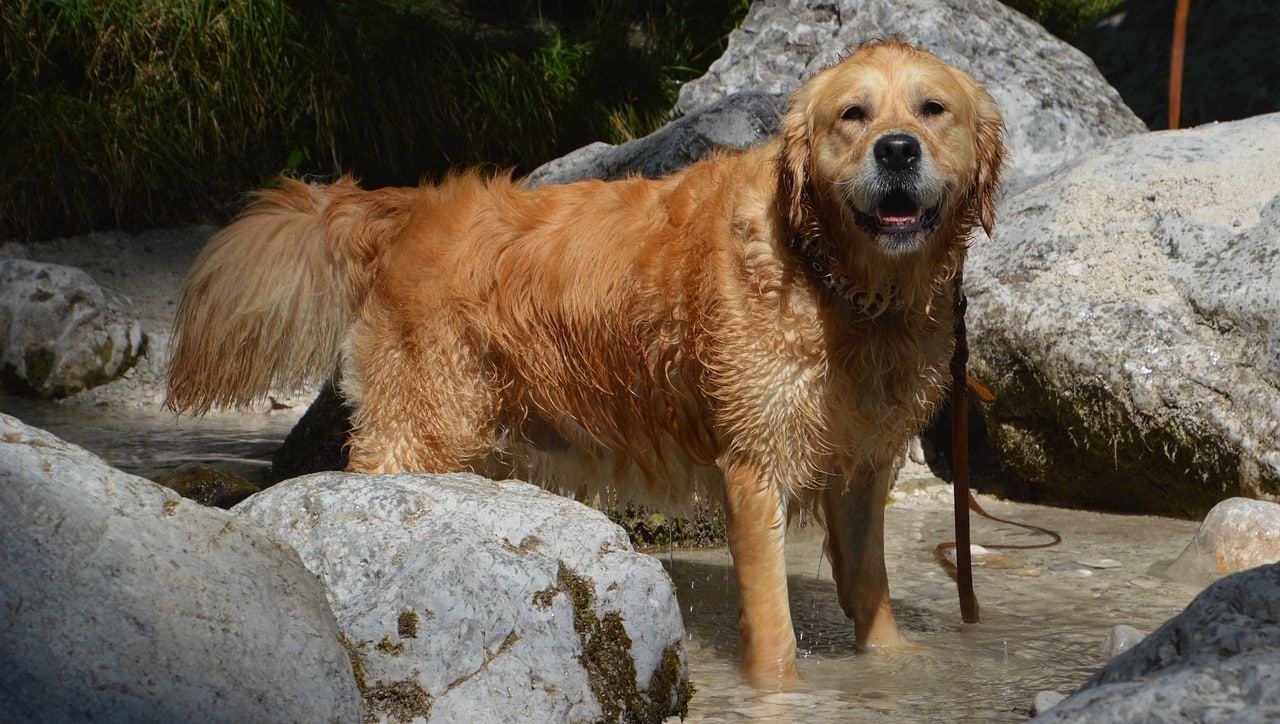Bravecto is a widely used flea and tick treatment for dogs that has gained popularity in recent years due to its effectiveness and convenience.
However, as with any medication, there are potential side effects that pet owners should be aware of before administering it to their furry friends.
In this article, we will explore the side effects of Bravecto flea treatment for dogs.
What is Bravecto?
Before we dive into the side effects of Bravecto, let’s first discuss what it is and how it works. Bravecto is an oral medication that is given to dogs to prevent and treat flea and tick infestations.
The active ingredient in Bravecto is fluralaner, which is an insecticide that works by targeting the nervous system of fleas and ticks.
Common Side Effects of Bravecto
While Bravecto is generally considered safe and effective, there are some common side effects that pet owners should be aware of. These include:
Vomiting and Diarrhea
One of the most common side effects of Bravecto is vomiting and diarrhea. This is because the medication can be harsh on a dog’s digestive system, especially if they have a sensitive stomach.
Lethargy
Another common side effect of Bravecto is lethargy. Dogs may appear tired and uninterested in their usual activities for a few days after taking the medication.
Loss of Appetite
Some dogs may also experience a loss of appetite after taking Bravecto. This is usually a temporary side effect that resolves on its own within a few days.
Itching and Skin Irritation
Bravecto can sometimes cause itching and skin irritation in dogs. This is because the medication is absorbed into the dog’s bloodstream and can affect their skin.
Rare Side Effects of Bravecto
While rare, there are some more serious side effects of Bravecto that pet owners should be aware of. These include:
Seizures
In rare cases, Bravecto can cause seizures in dogs. This is most common in dogs with a history of epilepsy or other neurological disorders.
Allergic Reactions
Some dogs may have an allergic reaction to Bravecto, which can cause symptoms such as swelling, hives, and difficulty breathing.
Liver and Kidney Damage
There have been rare reports of Bravecto causing liver and kidney damage in dogs. These cases are typically seen in dogs with pre-existing liver or kidney conditions.
Precautions to Take When Using Bravecto
To minimize the risk of side effects, there are some precautions that pet owners should take when using Bravecto. These include:
Consult with Your Vet
Before giving your dog Bravecto, it is important to consult with your veterinarian. They can help determine if the medication is safe for your dog and recommend the appropriate dosage.
Monitor Your Dog for Side Effects
After giving your dog Bravecto, monitor them closely for any signs of side effects. If you notice any unusual behavior or symptoms, contact your veterinarian immediately.
Use as Directed
Always use Bravecto as directed by your veterinarian. Do not give your dog more than the recommended dose or use it more frequently than recommended.
Conclusion
While Bravecto is generally considered safe and effective, there are potential side effects that pet owners should be aware of. Common side effects include vomiting, diarrhea, lethargy, loss of appetite, itching, and skin irritation.
Rare side effects include seizures, allergic reactions, and liver and kidney damage. Pet owners should take precautions when using Bravecto, such as consulting with their veterinarian, monitoring their dog for side effects, and using it as directed.
It is important to weigh the benefits of flea and tick prevention against the potential risks of medication.
FAQs
How long does Bravecto stay in a dog’s system?
Bravecto has a half-life of approximately 12 weeks in dogs. This means that it takes about 12 weeks for half of the medication to be eliminated from the dog’s system.
Can Bravecto be used on puppies?
Bravecto is safe for use in puppies over 6 months of age and weighing at least 4.4 pounds.
How often should Bravecto be given to dogs?
Bravecto is a long-lasting flea and tick treatment that only needs to be administered once every 12 weeks.
Are there any natural alternatives to Bravecto?
There are some natural flea and tick prevention methods that pet owners can try, such as diatomaceous earth, essential oils, and flea combs. However, it is important to consult with a veterinarian before trying any natural remedies.


